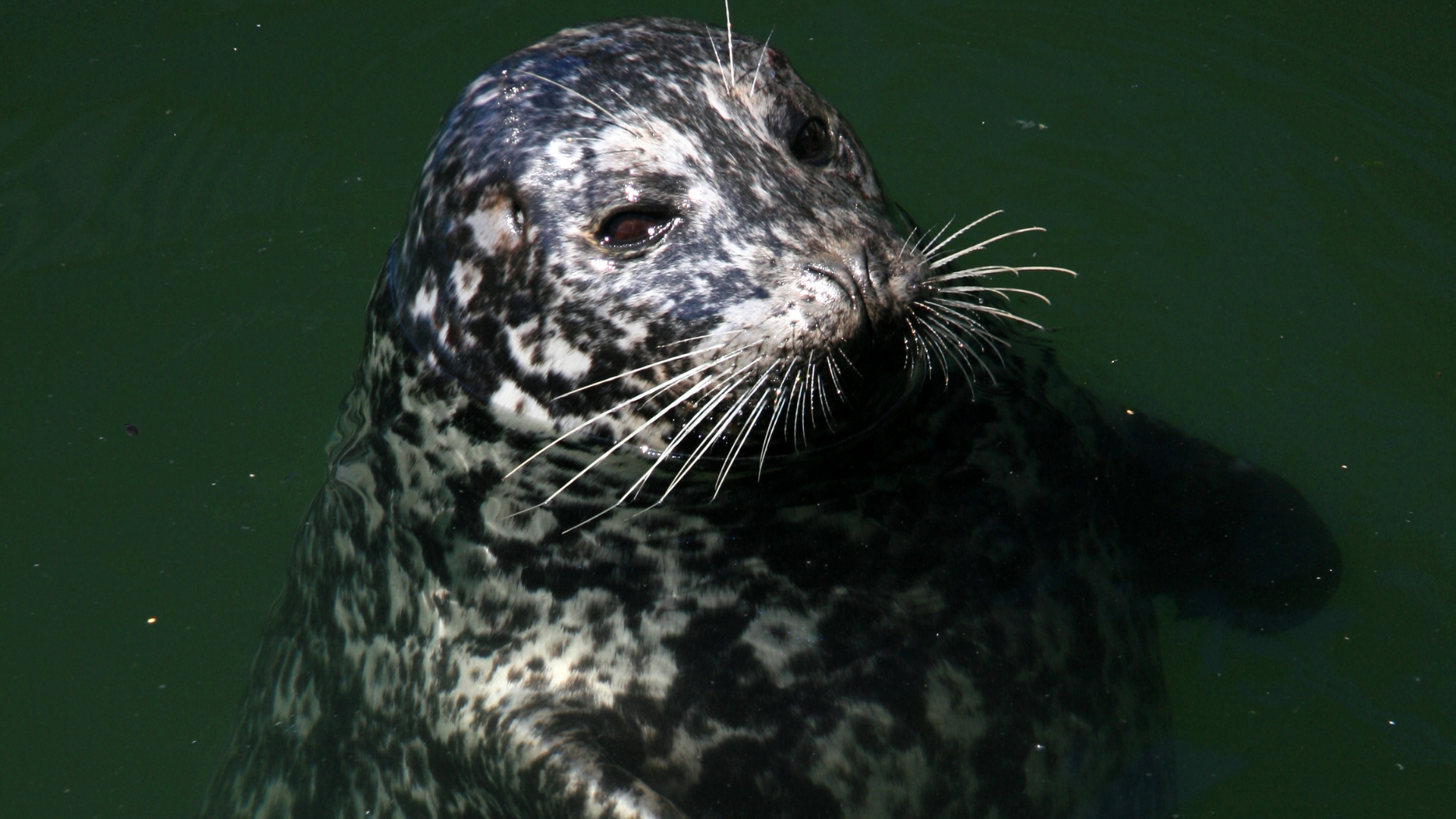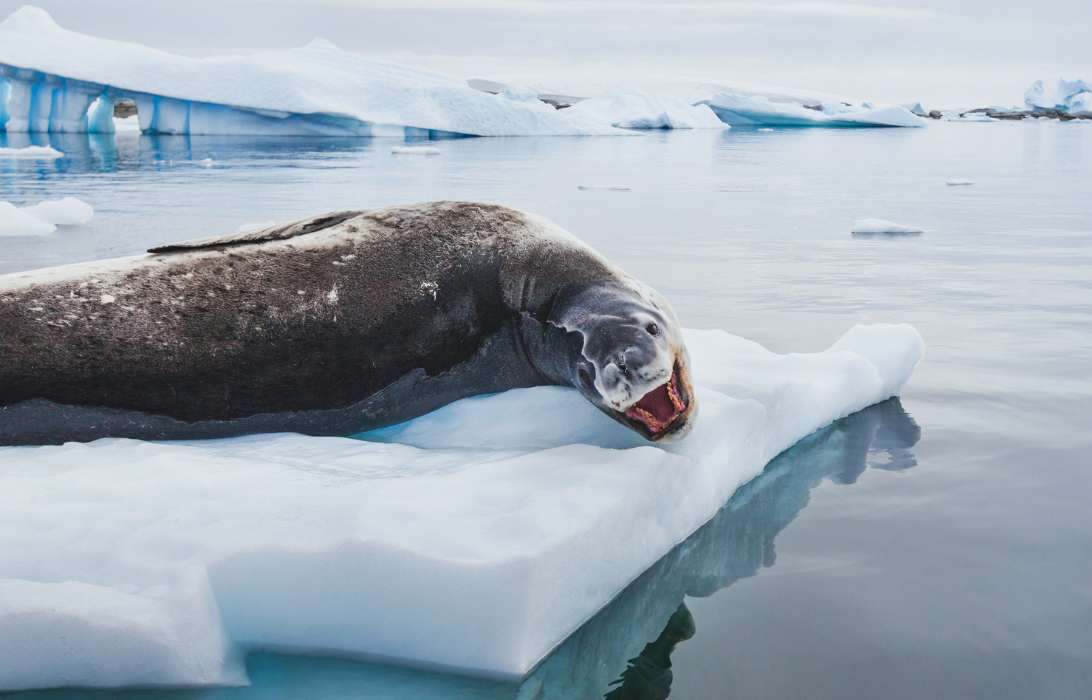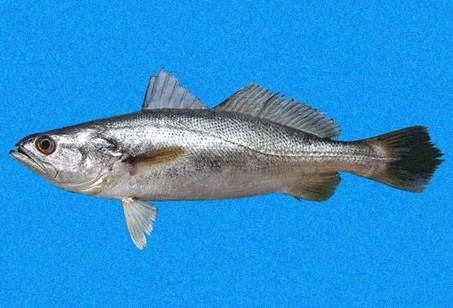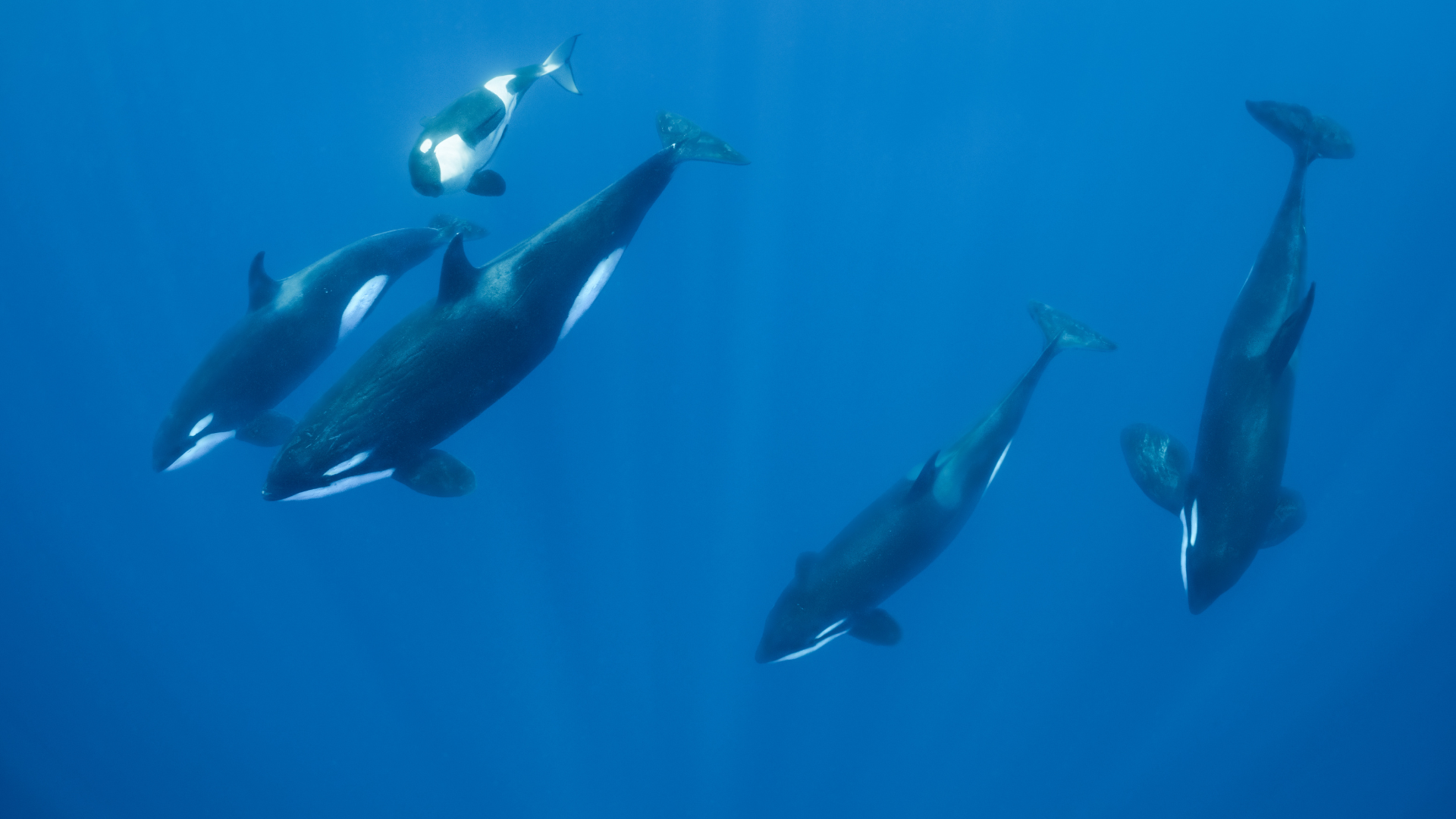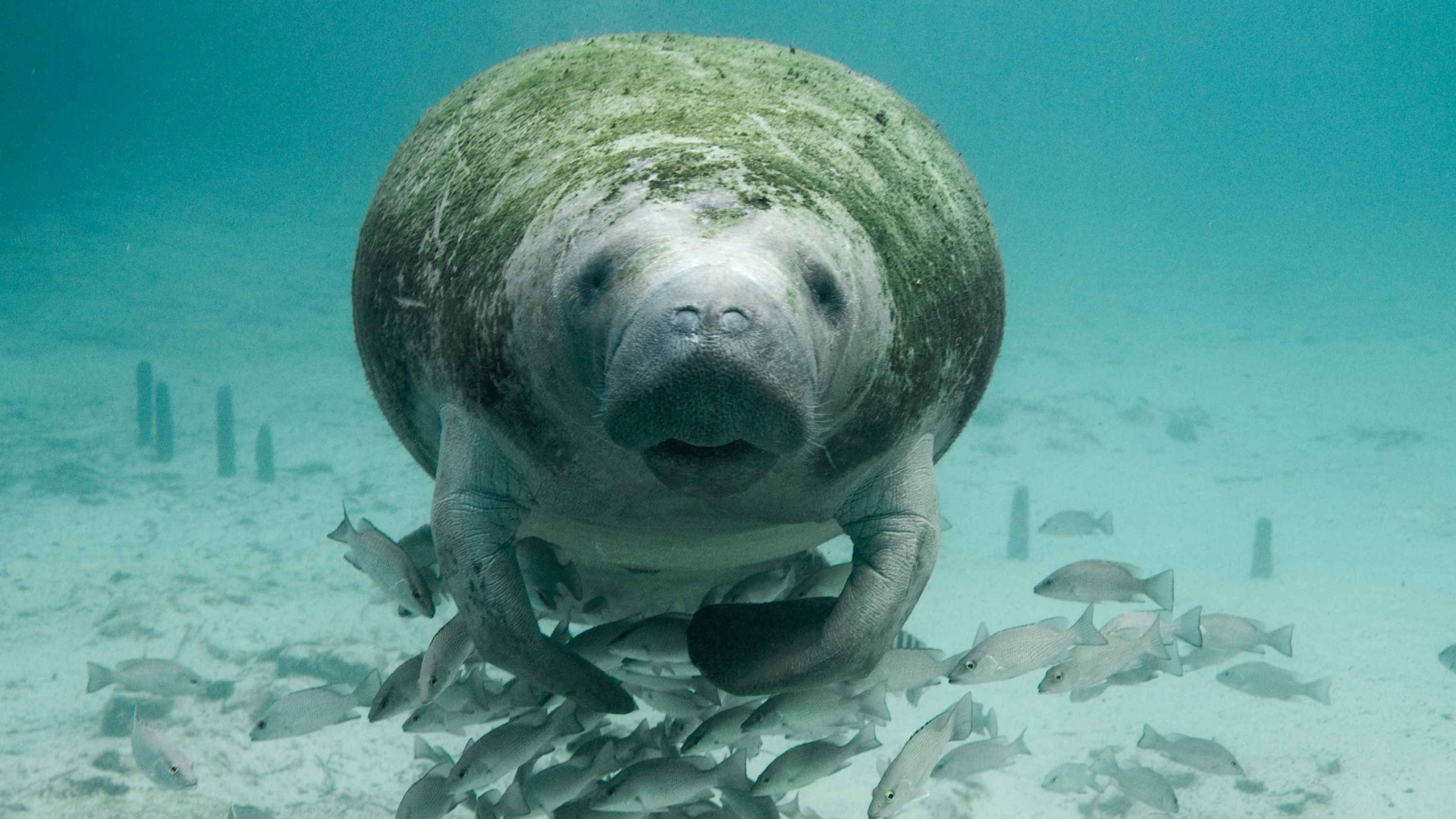Cuvier’s Beaked Whale Sounds
The Cuvier’s beaked whale holds the record for the deepest plunge by a marine mammal. The deepest & longest recorded dive of a Cuvier’s beaked whale is 9,816 feet (2,992 m) and 222 minutes, descending roughly the length of eight Empire State Buildings. Like other toothed whales, Cuvier’s beaked whales use echolocation for navigation and foraging. They produce a series of clicks, which are high-frequency sound pulses. These clicks are emitted in a narrow, forward-directed beam and are reflected back to the whale by objects in the environment, providing information about the location and nature of the object.

Cuvier’s Beaked Whale Sounds
The Cuvier’s beaked whale holds the record for the deepest plunge by a marine mammal. The deepest & longest recorded dive of a Cuvier’s beaked whale is 9,816 feet (2,992 m) and 222 minutes, descending roughly the length of eight Empire State Buildings. Like other toothed whales, Cuvier’s beaked whales use echolocation for navigation and foraging. They produce a series of clicks, which are high-frequency sound pulses. These clicks are emitted in a narrow, forward-directed beam and are reflected back to the whale by objects in the environment, providing information about the location and nature of the object.
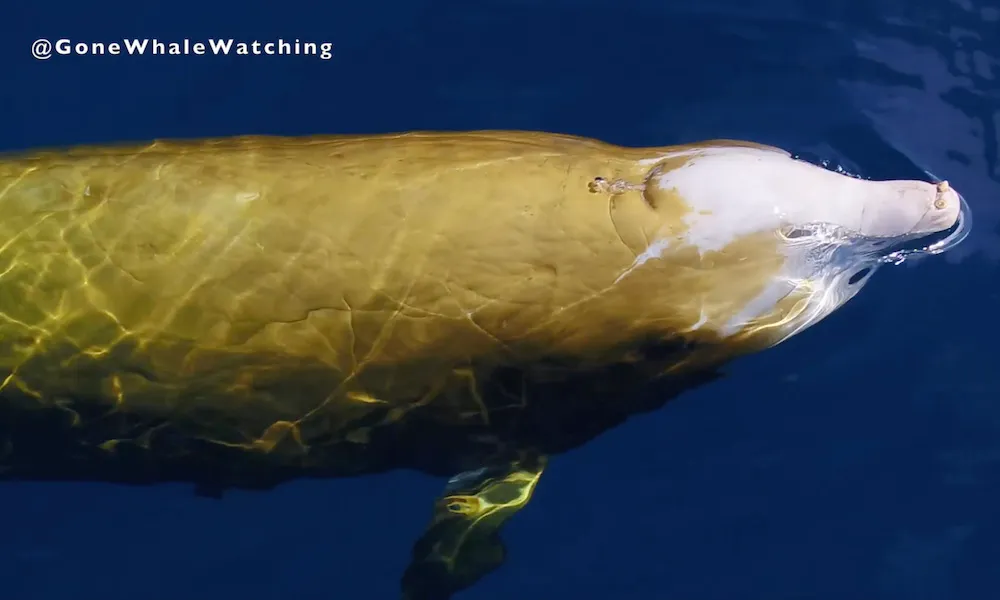
Cuvier’s Beaked Whale Facts
LATIN NAME Ziphius cavirostris
LENGTH 6m – 7m (19 ft – 22 ft) Males can be slightly smaller
WEIGHT 1800 kg – 2700 kg (2.5 – 3 tons)
LIFETIME One specimen was estimated to have died at 62 years.
PHYSICAL TRAITS Males develop two tusks in the right and left corners of their lower jaw and have otherwise a set of peg-like teeth, the use of which is unknown. The females have these same teeth, but no tusks.
BEHAVIOR The recordings are stereotypical hunting clicks – the single clicks might be likened to a “blinking flashlight” seeking prey – but staying quiet so as to not alert their meal. Once the prey is located, they “keep the light on” creating an upward-sweeping buzz as the flashes get shorter – matching the sound-travel distance to the prey as they move into the kill. This is a common acoustical characteristic of all odontocetes
HABITAT Beaked whales are a very deep-diving species, foraging as deep as 3000m (10,000 ft.). At this depth they are subject to ~300 atmospheres, or ~27,000kPa (~4,000 lb.in2 ). Under these pressures, the 32 liters of air capacity in a Cuvier’s beaked whale’s lungs compresses to less than 0.5 liters – distributed throughout the tissues in their body.
These behaviors became known as scientists explored the pathology of the Navy sonar-associated beaked whale strandings in Grand Abaco, Bahamas, 2000. Necropsies revealed that their bodies had been torn apart internally by gas emboli. It took a few years of informed debate, but the most common understanding was that the whales had been foraging in deep waters, under great pressure. The sonar (Mid-frequency sonar in the library) deafened the whales, and being panicked, air-breathing animal – immediately headed to the surface, without their typical decompression behaviors. The expanding air in their bodies ripped apart their tissues – and extreme case of “The Bends” that divers get on too rapid decompression from diving.
Cuvier’s beaked whales are the most ubiquitous of the 25+ species of beaked whales, found world-wide where the ocean is ice-free.
FOOD Squid
PREDATORS Orcas and larger sharks



